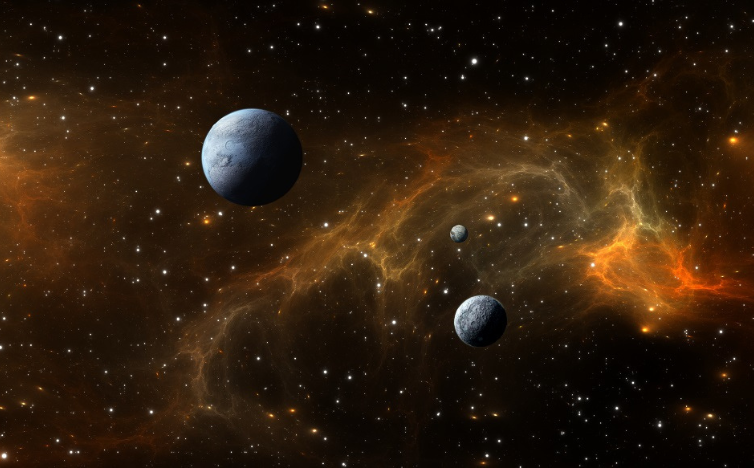Scientists at the University of Antioquia in Medellín, Colombia, have created an AI tool to help find planets that might support life. Their research, available on the preprint server arXiv, aims to make the long process of studying distant planets faster.
Looking at exoplanets, even with the James Webb Space Telescope, can take a lot of time. Sometimes, it takes up to 200 passes of a planet in front of its star to get clear data on water, methane, ozone, and other signs of life. This can take months or even years.
The Colombian team built a neural network to sort through data and find signs of life. Since most of the data is noise, the AI helps clean up this noise and find planets with potential life indicators like methane, ozone, and water.
To train their AI, the researchers used 1 million fake atmospheric data sets based on the planet TRAPPIST-1e, a rocky planet similar to Earth. The neural network successfully identified useful data from the noise.
The researchers think their AI can improve observations by the James Webb Space Telescope in the search for life and habitable planets.
Source: report




